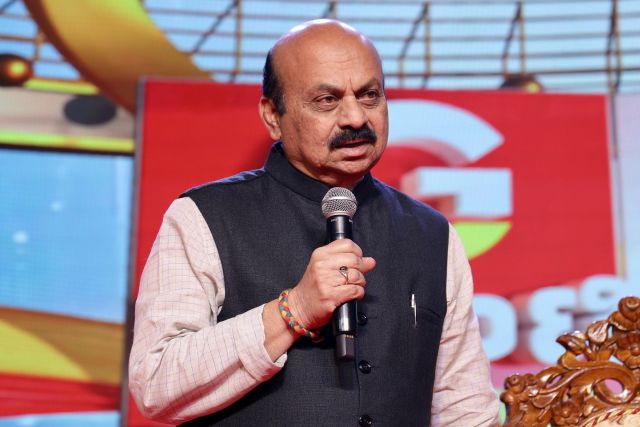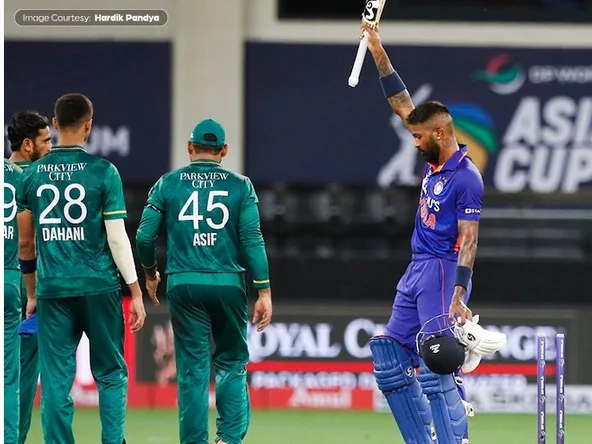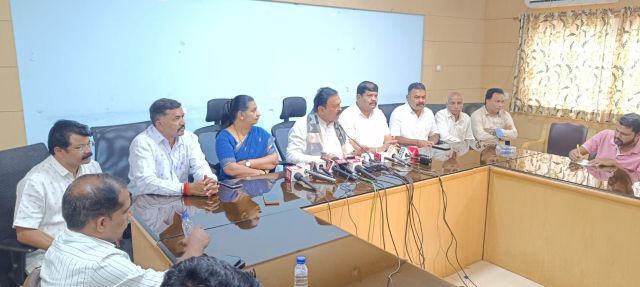Sriharikota:
In a major milestone for India’s space program, ISRO successfully placed its latest and heaviest communication satellite CMS-03 into the intended Geosynchronous Transfer Orbit (GTO) on Sunday. The satellite was launched from the Satish Dhawan Space Centre using the country’s most powerful rocket, LVM3-M5, popularly referred to by ISRO scientists as the ‘Bahubali’ rocket for its massive lifting capability.
A New Step Toward Communication Self-Reliance
Weighing 4,410 kg, CMS-03 is a multi-band communication satellite designed to extend services across a large oceanic region, including the Indian subcontinent. The satellite will replace the ageing platform from the GSAT-7 series and will support strategic and civilian communication networks.
ISRO Chairman V. Narayanan confirmed that the vehicle achieved precise injection of the satellite into orbit, calling the mission a proud moment for Indian space technology. He highlighted that LVM3 has maintained a 100% success rate, including the prestigious Chandrayaan-3 launch, which placed India on the global map with its successful soft-landing near the Moon’s south pole.
He further stated that CMS-03 has a minimum mission life of 15 years and stands as a symbol of Atmanirbhar Bharat, showcasing India’s capability to build and launch heavy satellites entirely through indigenous technology.
Weather Challenges, Flawless Execution
Despite non-cooperative weather leading up to the launch, mission teams worked through the challenges to ensure smooth execution. The achievement eliminates ISRO’s earlier dependence on France-based Arianespace, whose rockets were previously used for launching heavier satellites from Kourou, French Guiana.
The last time a heavier satellite was flown abroad was in 2018, when GSAT-11 (5,854 kg) was launched aboard an Ariane-5 rocket.
LVM3: The Backbone of India’s Heavy-Lift Capability
The LVM3 rocket (Launch Vehicle Mark-III) consists of three stages:
Two S200 solid rocket boosters
L110 liquid stage (powered by twin Vikas engines)
C25 cryogenic upper stage — developed entirely in India
The rocket can carry:
Up to 4,000 kg to GTO
Up to 8,000 kg to Low Earth Orbit (LEO)
LVM3 will also be the launcher for India’s upcoming Gaganyaan human spaceflight mission, where the human-rated variant is designated HRLV (Human Rated Launch Vehicle).
Launch Vehicle Line-up
ISRO currently operates multiple rockets for different mission profiles:
PSLV (Polar Satellite Launch Vehicle): Reliable workhorse, payloads up to 1,750 kg
SSLV (Small Satellite Launch Vehicle): Designed for satellites up to ~500 kg in low Earth orbit
GSLV (Geosynchronous Satellite Launch Vehicle): For 2,200 kg payload class
LVM3: India’s most powerful launcher, handling satellites over 4,000 kg
A Mission of Strategic Importance
With CMS-03 in orbit and LVM3 proving its capability repeatedly, India moves closer to becoming fully self-sufficient in launching heavy communication satellites—crucial for defense, maritime communication, remote connectivity, and strategic data links.
This launch marks the fifth operational flight of LVM3, reinforcing India’s position among the select nations capable of deploying heavy payloads using indigenous launch vehicles.























